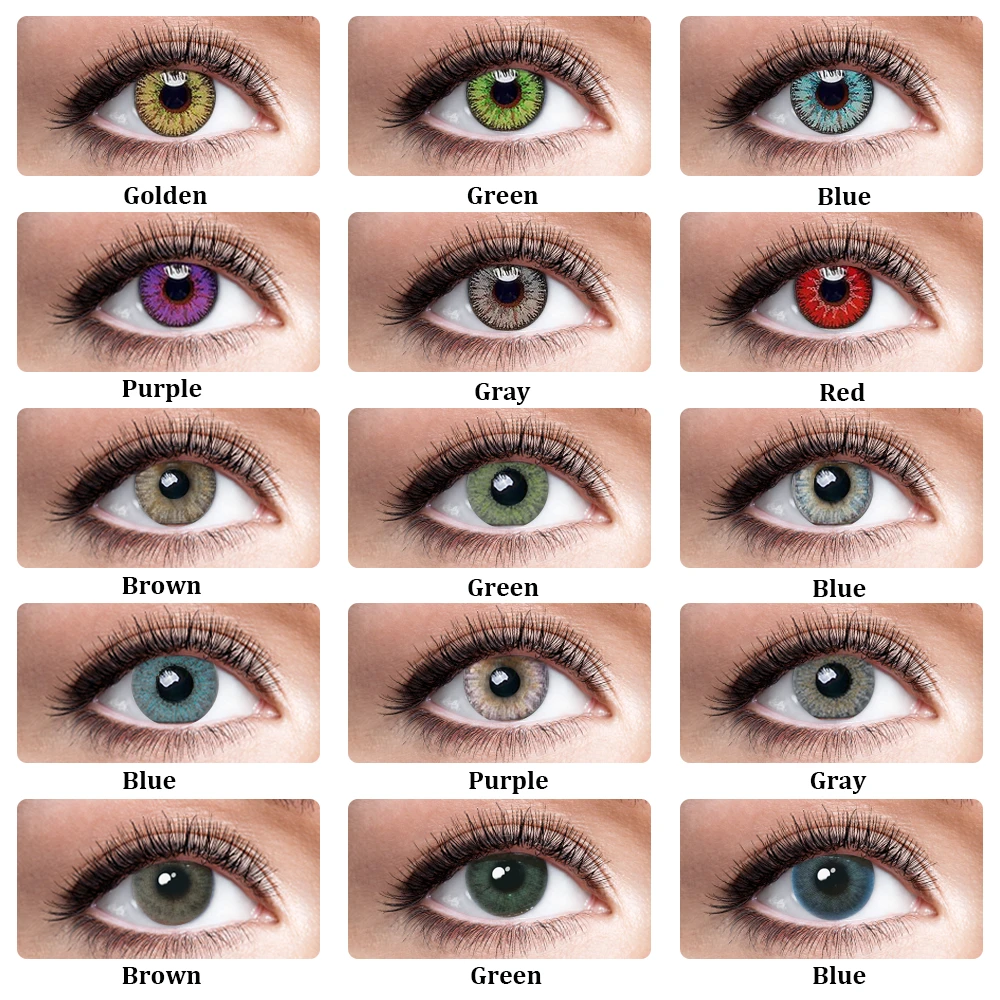Choosing the right contact lenses, consider your options as well as the budget. There are extended-wear contacts, disposables, and even contact lenses that can change your eye color. But as with any purchase of a medical device, buying the right contact lenses should be done with care and you must seek an option that you can sustain without having to change later due to budget constraints. These tips will help you choose the right type of contact lens according to your needs.
After you’ve chosen what type of contact lenses, hard or soft, there are many categories of contact lenses available in terms of how they accomplish vision correction. There are numerous stores for purchasing the right contact lenses in UAE. However, consider a good optician which is a specialist in eyewear.
Daily wear contact lenses

This type of contact lens is usually the least expensive option. Daily wear contact lenses have to be taken out and disinfected every night and are replaced on a set schedule. The replacement time can vary widely by type and brand, from every two weeks to every three months.
Extended wear contact lenses

This type of contact lens is designed to be worn overnight, though they need to be removed at least once a week for cleaning and disinfection. However, many eye professionals do not encourage their use.
Disposable contact lenses

Daily disposable lenses get tossed every day after use, so no maintenance is involved. They cost more because you need a new pair every day, but they are much more convenient. Disposables that are replaced weekly or monthly require the same regular care as daily wear lenses. Disposables are a good option for people with allergies or other conditions that exacerbate the formation of protein deposits from the tear film.
Toric contact lenses
This type of lens is used to correct astigmatism, a condition in which vision is blurred because of an irregularly shaped cornea or the lens inside the eye. They are usually more expensive than other contact lenses.
Colored contact lenses

Colored contacts can dramatically change the color of your eyes — making even the brownest eyes look blue or green, for instance — or enhance your natural color. They can be worn for purely cosmetic purposes or to also correct vision.
Multifocal contact lenses
People with presbyopia — a condition that occurs as people get older and their eyes have a harder time bringing close objects into focus — can sometimes have their vision corrected with bifocal or multifocal lenses. One technique, called monovision, uses a contact lens for distance in the dominant eye and a contact lens for near vision in the non-dominant eye.
Soft Contact Lenses

Many soft lenses are disposable, so you can throw them away after using them for a short time. Having a fresh pair of soft contacts means less chance of infection, less cleaning, and more comfort.
While soft contact lenses are commonly throwaways, whether it be daily disposable, 2-week replacement, or monthly replacement (all of which you take out and clean at night) there are some soft lenses that aren’t. Depending on what you need for your eyes, you may in rare cases wear the same pair for about a year and take them out and clean them each night. These are typically more custom-designed contact lenses.
Silicone Based Lenses

Silicone-based materials create an extremely breathable lens that lets plenty of oxygen pass through to your cornea. They also keep deposits from building up. That means less irritation from dry eyes. Some silicone contacts are FDA-approved for extended wear, so you can use them for up to 30 days. But many eye doctors say to remove any type of contact lens at bedtime. Why? Your cornea gets less oxygen when you sleep in contact, so the risk of serious complications is higher. Silicone lenses aren’t for everyone, so talk with your eye care professional if you’re interested in them.
Monovision Lenses
You won’t have the same prescription in both eyes. One will have a contact for distance vision, and the other will be for seeing up close. This can take a while to get used to. Each eye works on its own. That makes it harder for them to work together. You might have problems with depth perception. That can make it hard to drive. You might have to adjust your gaze more often to allow one eye or the other to see properly.
Another monovision option: Wear a bifocal lens in one eye and a single-vision lens in the other. This makes driving easier.
Toric Lenses for Astigmatism
If you have astigmatism and want to wear contacts, you’ll need a toric lens. They’re made from the same material as other contacts but work with your eyeball, which isn’t completely round. They come in soft or rigid gas-permeable forms, extended-wear, daily disposable, and even in colored lenses. Like bifocal lenses in a pair of glasses, toric lenses have two powers in one lens: one that corrects your astigmatism, and another for nearsightedness or farsightedness.
Some Safety Tips
Be sure to use a current prescription from your eye care professional; prescriptions are only good for one year from the date they are written.
Even if you do not need vision correction, don’t buy cosmetic lenses without consulting an eye care professional. Theatrical contact lenses that are used for Halloween or other occasions are sold on the Internet, beauty salons, and even convenience stores. But even cosmetic lenses, like lenses used for vision correction, must be fitted by trained professionals and should be monitored with follow-up visits to prevent eye infections and other problems. Contact lenses are an excellent way to correct vision. And by taking a few necessary precautions, you can determine the contact lens type that’s best suited for your needs.

